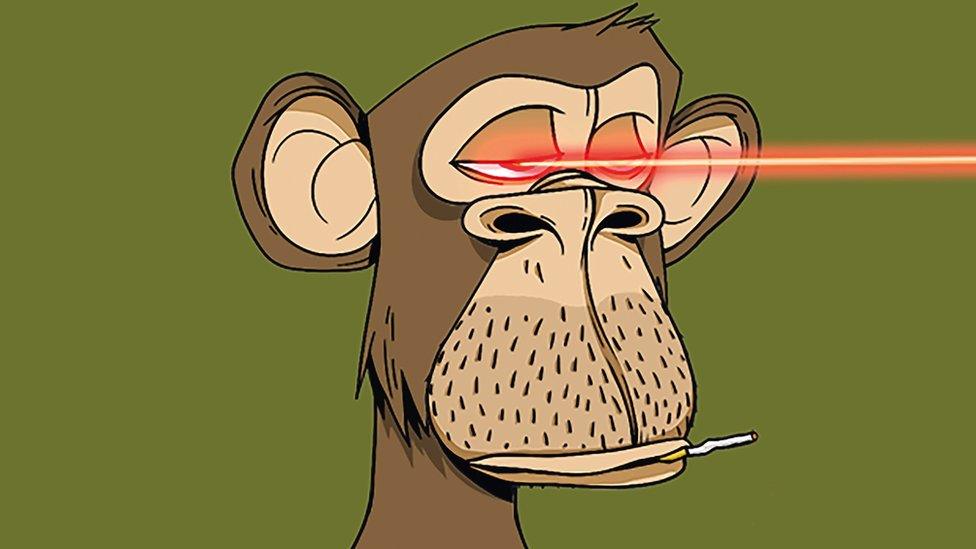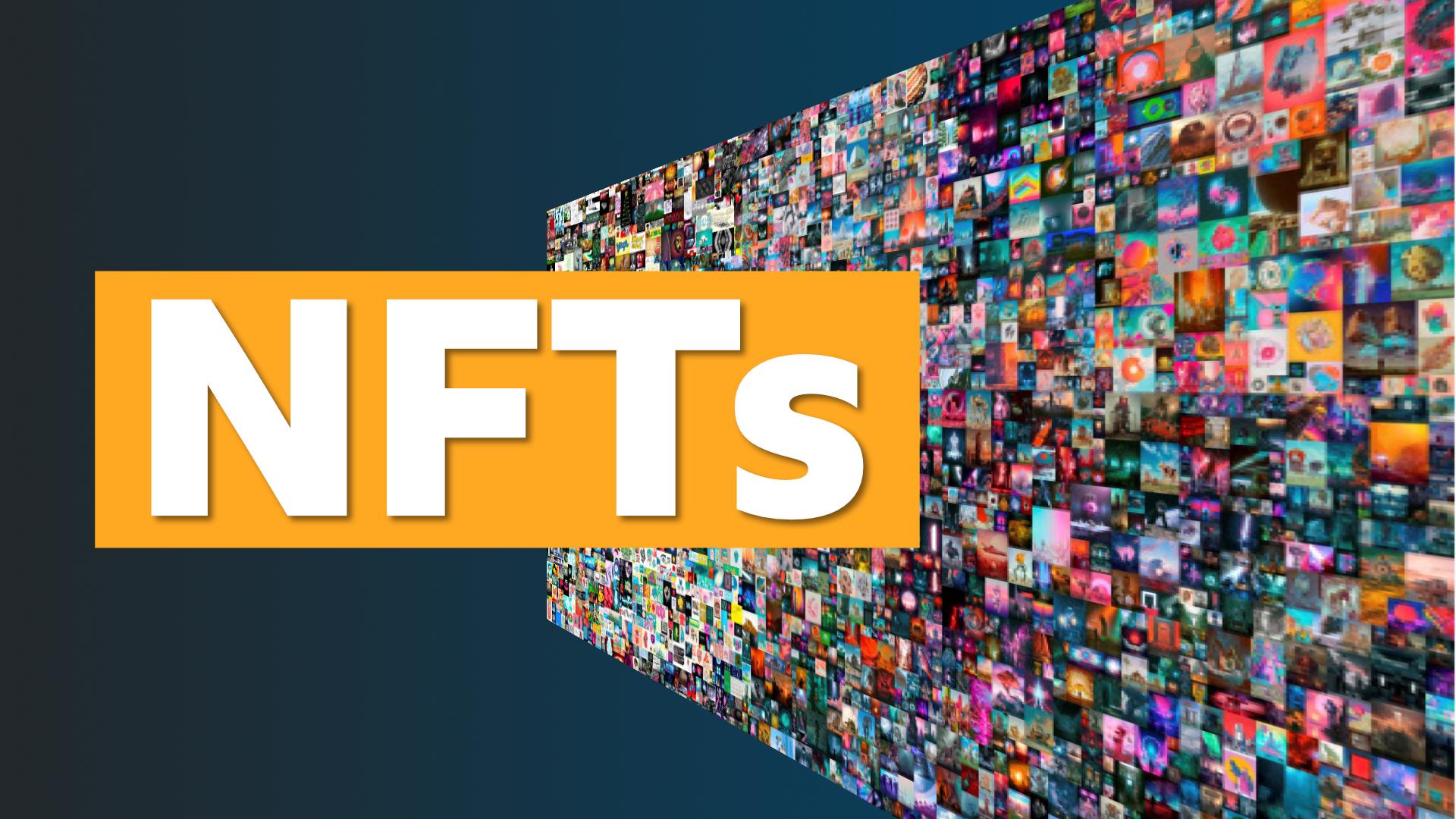Bored Ape NFT accidentally sells for $3,000 instead of $300,000
- Published

Bored Ape number 4,418
An in-demand non-fungible token (NFT) has been accidentally sold for a little more than $3,000 (£2,270) - one-hundredth of its market price.
The Bored Ape Yacht Club is limited run of 10,000 pieces of digital art, each with minor variations.
But the owner of Bored Ape number 3,547 made a "fat fingered" typing error when listing the item for sale online.
The NFT was instantly snapped up by an automated account - and put back on sale at nearly $250,000.
The seller, maxnaut, told CNet, external he had meant to list Bored Ape number 3,547 for sale at 75 ethereum (ETH), the crypto-currency used for many NFT trades.
But a "lapse of concentration" - during one of the many trades he lists online every day - had caused him to instead type in "0.75 ETH" ($2,989).
"I instantly saw the error as my finger clicked the mouse but… it was instantly sniped before I could click 'Cancel' - and just like that, $250,000 was gone," he said.
The suspected-bot buyer also paid very high "gas" fees - which determine how quickly the Ethereum network processes a transaction - of 8 ETH ($32,000), to ensure the sale went through almost instantly.

Bored Ape number 3,547 was relisted at nearly $250,000
In traditional banking transactions, such errors are usually reversed easily if the bank facilitating them is told about the mistake quickly.
But in the unregulated crypto-trading market, there is usually no way to reverse such a sale.
Spiritless simians
The Bored Apes, launched in April 2021, are "programmatically generated" - a computer script mixes and matches an array of colours, designs and accessories to make each unique.
Initially sold for 0.08 ETH each ($320 at today's prices), they now sell for at least 50 ETH ($200,000).
Many owners - whether NFT enthusiasts or celebrities, external - use their apes as a Twitter profile picture.
Beyond that, there are benefits to bring part of the "yacht club" - including invitations to community events and access to exclusive digital content.
But critics of the NFT market at large question what buyers are actually getting for their money when they buy non-physical art and if the "certificate of ownership" stored on the blockchain - the same technology that underpins crypto-currencies - is worth the vast sums paid for some NFTs.
The technology also uses a lot of energy - because of the way the transactions are verified by high-powered computing - leading to criticism the industry is bad for the environment.
Related topics
- Published16 December 2022

- Published7 December 2021

- Published16 September 2021

- Published19 November 2021

- Published30 May 2021
